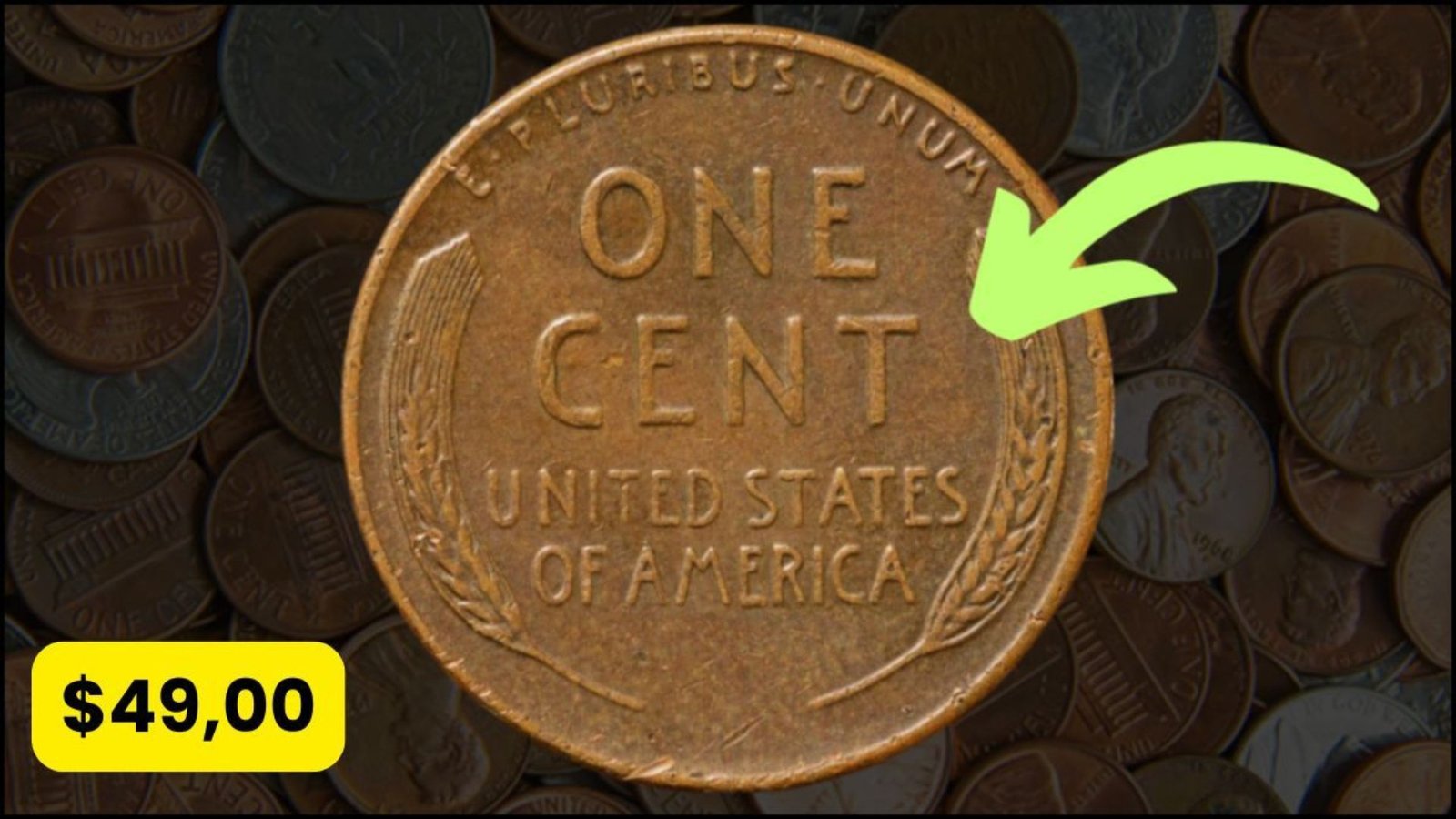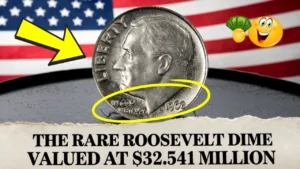The Lincoln Wheat Penny, first introduced in 1909, changed American coins forever. Instead of the usual images like eagles or Lady Liberty, it featured a real person—President Abraham Lincoln—on a coin used every day. Designed by Victor David Brenner, the penny showed Lincoln’s face on the front and two wheat stalks on the back, representing America’s farming roots. This design was so popular that it stayed almost the same for nearly 50 years, making it one of the most beloved coins in U.S. history.
Why the 1914-D Penny Is Special
A Small Batch from Denver
In 1914, the Denver Mint, marked by a “D” on the coin, made only about 1.2 million Lincoln Wheat Pennies. Compared to the tens of millions of pennies usually produced each year, this was a tiny amount. This small production run made the 1914-D penny rare from the start, and today, it’s one of the most sought-after coins for collectors.
A Piece of History
The 1914-D penny was minted during a significant time—World War I was just beginning in Europe. This historical context, combined with its rarity, makes the coin even more appealing to collectors who value both its story and scarcity.
Why Is This Penny Worth Up to $49,000?
Rarity Drives Value
The 1914-D penny’s high value comes from a few key factors. First, very few were made. Second, most of these pennies were used in everyday transactions, like buying food or paying bills, which caused wear and tear. Finding one in excellent condition is incredibly rare, which drives up its price.
Condition Matters Most
The condition of a 1914-D penny is critical to its value. Coins that look almost new, with clear details and their original shine, can sell for $49,000 or more. Even worn coins with a readable date and “D” mint mark can still be worth thousands. No matter the condition, a genuine 1914-D penny is a valuable find.
How to Identify a 1914-D Penny
Want to know if you’ve found a 1914-D penny? Here’s what to look for:
- Check the Date: The front of the coin should clearly show “1914.”
- Look for the “D”: Below the date, a small “D” indicates it was made in Denver.
- Examine the Back: The reverse side should have two wheat stalks, though they may be faded if the coin is worn.
Since these coins are so valuable, fakes are common. If you think you have a 1914-D penny, have it checked by a professional coin expert to confirm it’s real.
Tips for Protecting Your Penny
If you own a 1914-D penny, take care to preserve its value:
- Don’t Clean It: Cleaning or polishing can damage the coin and lower its worth.
- Handle Carefully: Touch only the edges to avoid leaving fingerprints.
- Store Safely: Keep the coin in a protective holder to shield it from moisture, air, or scratches.
These simple steps can help ensure your penny stays valuable for years to come.
The Thrill of the Hunt
Even after more than 100 years, collectors still hope to find a 1914-D penny in an old jar, a family collection, or a roll of coins from the bank. While it’s unlikely to find one in your pocket change, the possibility keeps collectors excited and searching.
Conclusion
The 1914-D Lincoln Wheat Penny is more than just a coin—it’s a piece of American history. Its rarity, connection to a pivotal time, and potential value of up to $49,000 make it a dream find for collectors. Whether you’re a seasoned coin enthusiast or just curious, knowing how to spot and protect this penny can turn a small discovery into a big treasure. Keep your eyes open—you never know where the next 1914-D penny might turn up!




